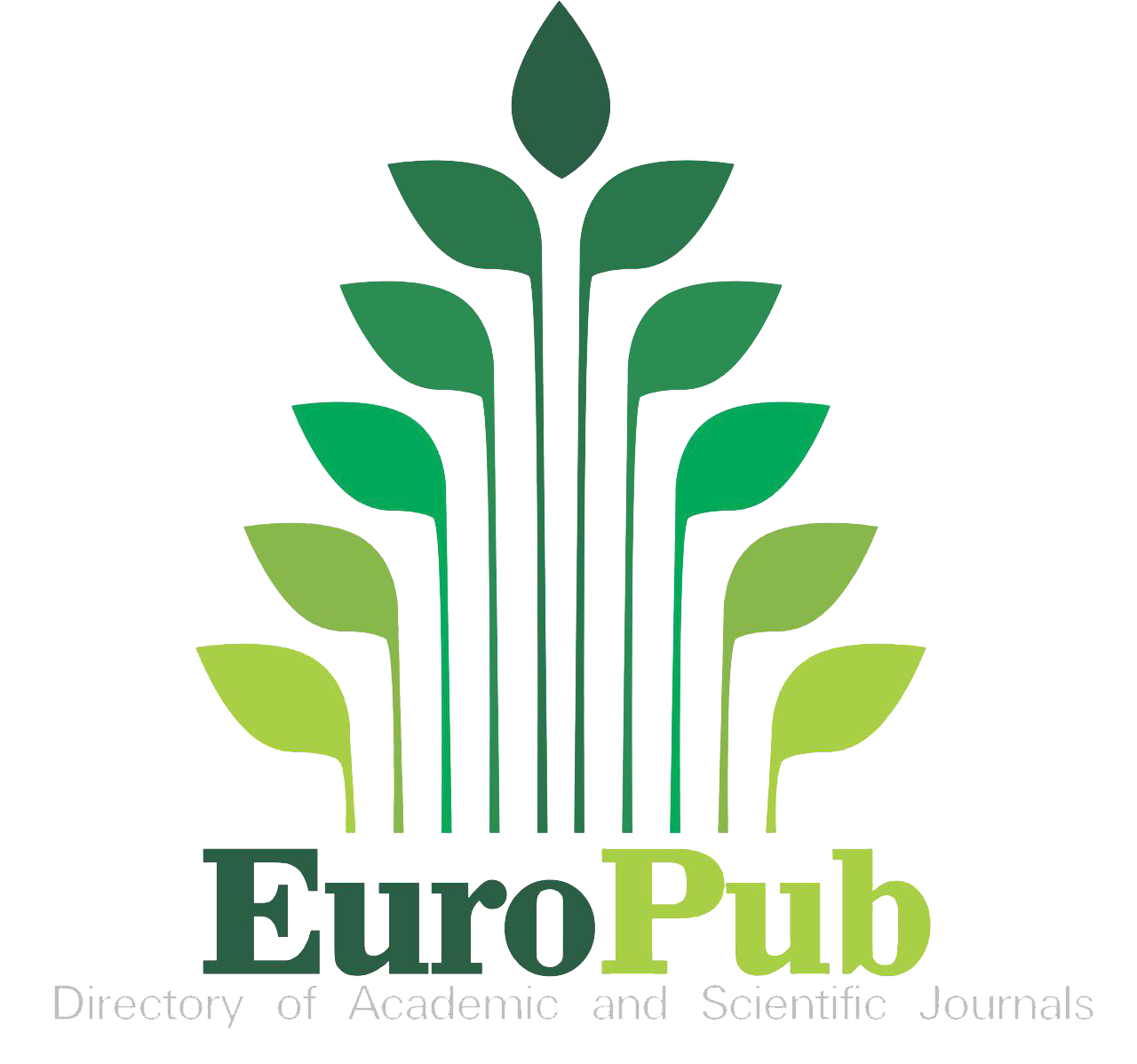Transformation of Beauty Perception Among Women in Consumer Society
DOI:
https://doi.org/10.5281/zenodo.14004359Keywords:
Beauty, Consumption Culture, Female Body, Fluid LifeAbstract
Abstract With modernity, the concept of fluid life has become apparent in every area of daily life. In this context, the term "beauty" as an object is present in every phase of history within the culture of consumption. Moreover, it is known that the concept of beauty is relative. Beauty manifests strongly in art, literature, philosophy, sociology, medicine, architecture, folk songs, and in the verses of poets. This study focuses on the transformation of beauty specifically among women. It discusses the relationship between the body and beauty through consumable objects. Additionally, beauty references in various magazines designed for women, such as Elle, Cosmopolitan, and Aysha, are highlighted. The study also addresses the influence of social media and various filtering applications on the creation of an image culture and interventions on the female body. Beauty as it relates to social media and the female image persists through the post-modern and post-feminist eras, while the concept of beauty in women changes across historical periods and cultures.
References
Babacan, M. E. ve Kaymak A. (2019). Tüketim kültürü bağlamında türkiye’deki muhafazakar moda dergileri ve muhafazakar moda dergilerinin seküler moda dergileriyle karşılaştırılması Aysha ve Elle dergileri örneği, İnsan ve Toplum Dergisi, 10.
Baudrillard, J. (2010). Tüketim toplumu. (N. Tunal ve F. Keskin, Çev.) İstanbul: Ayrıntı Yayınları.
Bauman, Z. (2001). Parçalanmış hayat "Postmodern Ahlak Denemeleri". (İ. Türkmen, Çev.) İstanbul: Ayrıntı Yayınları.
Cansever (1992). Şehir ve mimari üzerine düşünceler, İstanbul: Ağaç Yayıncılık.
Chul-Han B. (2021). Güzeli kurtarmak, (K.Deniz, Çev.). İstanbul: İnsan Yayınları.
Coward, R. (1993). Kadınlık arzuları "günümüzde kadın cinselliği". (A. Türker, Çev.) İstanbul: Ayrıntı Yayınları.
Eco, U. (2006). Güzelliğin tarihi. (A. C. Akkoyunlu, Çev.) İstanbul: Doğan Kitap.
Erdem. A. (2021). İnstagram ’da sunulan beden: kimlik inşasında beden imgesine teknolojik müdahale olarak photoshop uygulamalarının rolü. Anadolu Üniversitesi Sosyal Bilimler Enstitüsü. Eskişehir: Yüksek Lisans Tezi.
Farrelly, E. (2021). Mutluluğun sakıncaları, (E. Gökyaran, Çev.). İstanbul: Yapı Kredi Yayınları.
Giet, S. (2006). Özgürleşin! bu bir emirdir kadın ve erkek dergilerinde beden. (İ. Engindeniz, Çev.) İstanbul: Dharma Yayınları.
Müjgan, C. (2001). Karacaoğlan, Ankara: Milli Eğitim Bakanlığı Yayınları.
Işık, E. (1998). Beden ve toplum kuramı "öznenin sosyolojisinden bedenin sosyolojisine". İstanbul: Bağlam Yayınları.
Karakaya, B. (2015). Güzelin tarihi ve tarifi. Nihayet Dergisi ,(9), 20-24.
Kula ,O. B. (2012). Kant, Schller, Heıdegger estetik ve edebiyat, (1.Basım), İstanbul: Türkiye İş Bankası Yayıncılık.
Ozonsoy ,N. (2012). “Tüketim toplumunda güzellik algısı, Ege Üniversitesi Sosyal Bilimler Enstitüsü. İzmir: Yüksek Lisans Tezi.
Vigarello G. 2013) Güzelliğin tarihi. (E. Ataçay, Çev.) Ankara: Dost kitabevi.
Yaşar H. (2009). Karacaoğlan şiirlerinde estetik değerler, Dicle Üniversitesi Sosyal Bilimler Enstitüsü Dergisi, 2, 50-51.
Qedimbeyli, M. (2022). Aşık Veysel'in yaratıcılığında estetik güzellik, vatancılık ve işçi eğitimi. RumeliDE Dil ve Edebiyat Araştırmaları Dergisi, (Ö11), 304-311. DOI: 10.29000/rumelide.1146793.
Downloads
Published
How to Cite
Issue
Section
License
Copyright (c) 2024 Hümeyra BİŞGİN

This work is licensed under a Creative Commons Attribution 4.0 International License.






